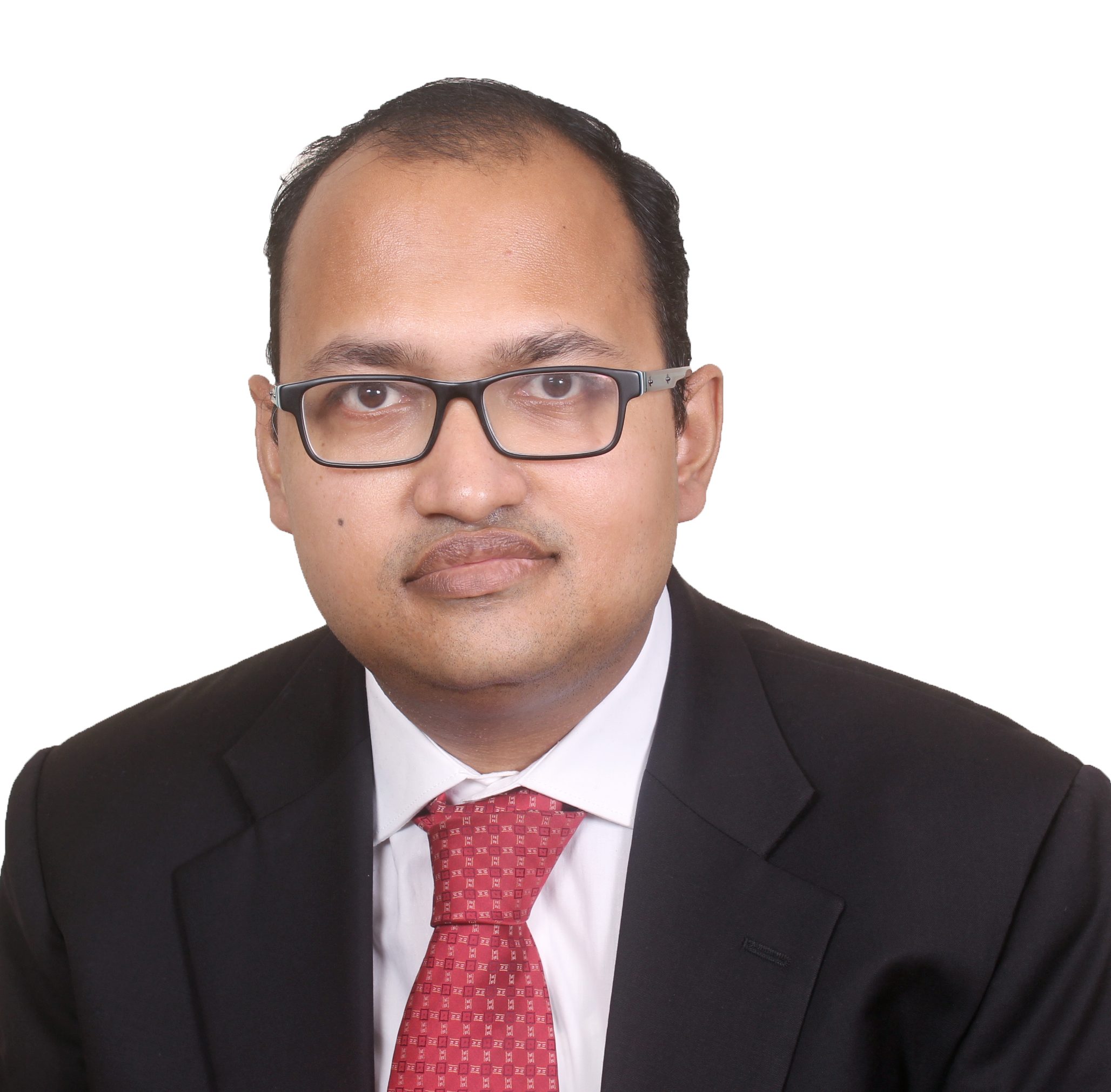All of us want a larger than ordinary life, which is why we like Indian movies. Why don’t most people dream big? There are two answers to this tendency—one is to stick to safety and the second is that it costs money.
You must be wondering, “Can Yoga teach me first principles to achieve financial independence forever?”
The answer is, yes! Let’s evaluate how.
1. Meditation: The mind goes through 60,000-70,000 conscious/subconscious thoughts per day. Yoga helps to still the mind and take more rational decisions. It lays the foundation to build a scientific temperament or a rational thought process. Most of us rationalise our emotions and take decisions. Yoga filters the emotions and then rationality sets in.
Interestingly, Charlie Munger, second in command to Warren Buffett, mentions the importance of rationality as an investor in his autobiography. This has helped them avoid costly mistakes for their shareholders.
2. Surya Namaskaar: This is a 12-step integrated yogic asana which helps one maintain fitness. What are the lessons from Surya Namaskaar for you as an investor?
- Respect the odds: The primary reason most people get carried away is that they don’t respect the odds. If one respects the odds chances of a realistic outcome are more likely. This is reflected in the first step.
- Understand the possibilities: When one moves ahead, one does a full stretch to understand the limit of the possibilities as well as the upside. If the “risk is calculated”, one is likely to experience the benefit of the upside. Many people in the markets are betting on the Indian companies benefitting on account of the US-China Trade war situation. Our view is that certain companies may benefit subject to the US Economy staying on a growth path. Vietnam and other countries like Bangladesh have better cost advantages.
- Take measured allocations: Whenever there is a structural change, one needs to make changes in line with new thinking, however, it is important to be prudent. Currently, one is likely to see a better opportunity over the medium term for Midcap. One needs to move steadily over the next two to three quarters. Initially, when I started doing Surya Namaskaar I started with five, and gradually increased to 21. Similarly, one can start with five per cent Midcap and increase to 15-20 per cent over a period of time.
3. Shavasana: This pose is for resting of the mind and body after yoga. There are periods in which taking additional risks may not help one expand one’s means sufficiently as the reward may not be there. Similarly, shavasana is nothing but resting one’s minds and emotions to make a proper decision.
In certain periods in the market, or in a certain life phase, one need not take excessive risks. For example: If you are in your post-retirement phase and not choosing to work, most of the savings are channelised to fixed income or safer equity-oriented solutions.
The ancients knew that the body has solutions for all challenges and situations. Let us put that insight to good use and shape our future wisely.
Want to share your story of how you thrive? Write to us at [email protected]


